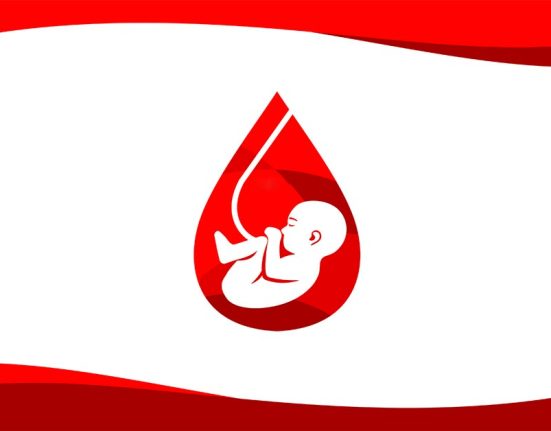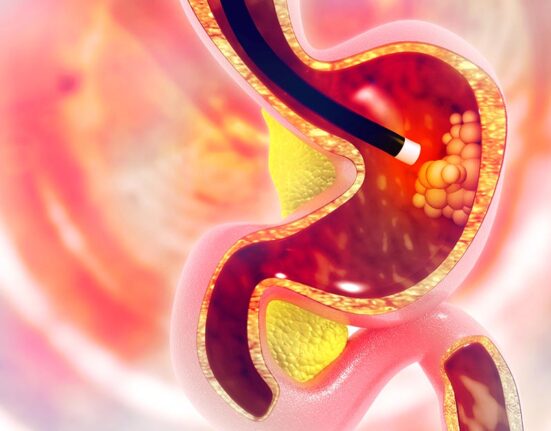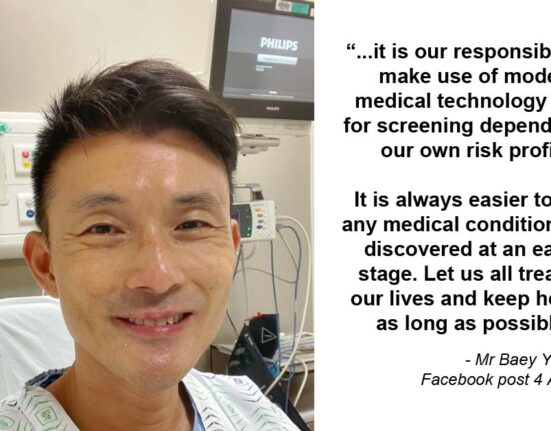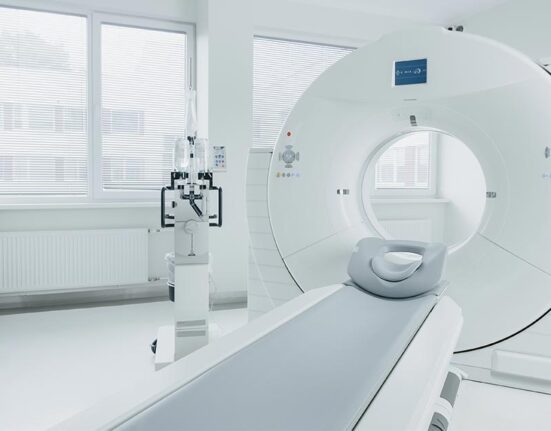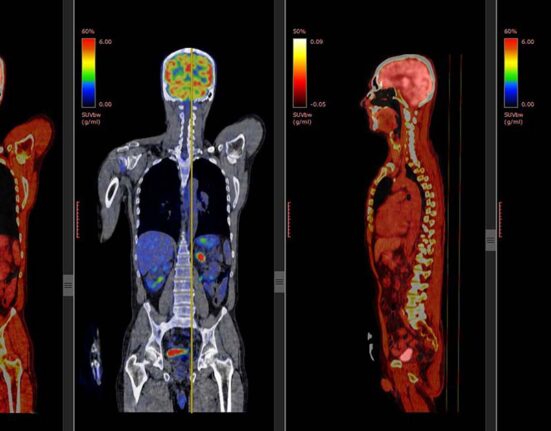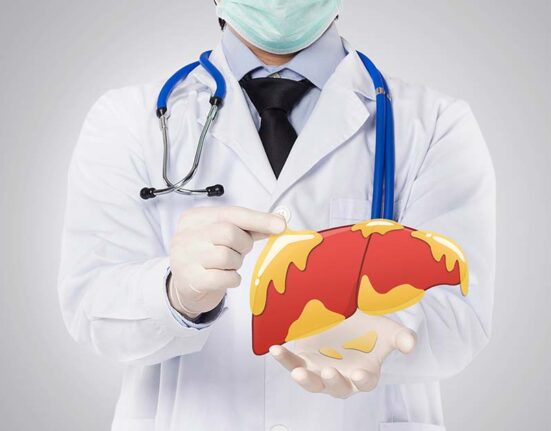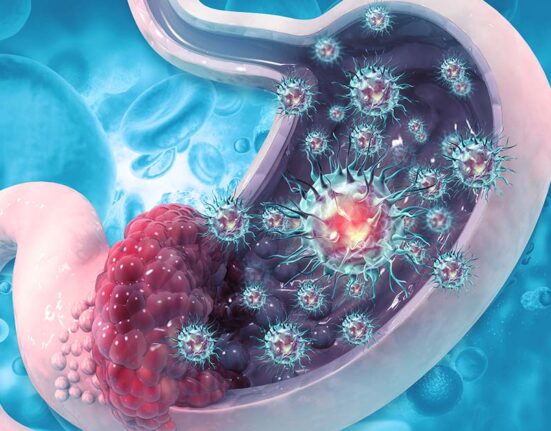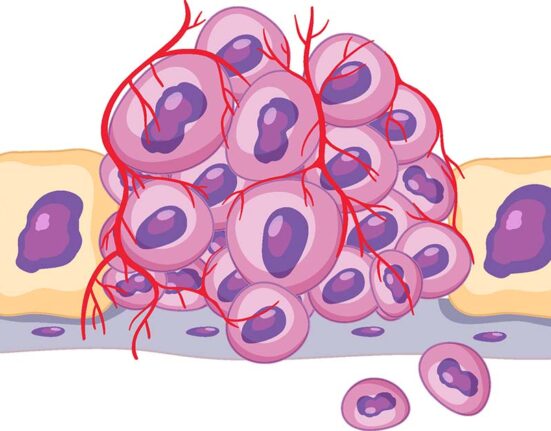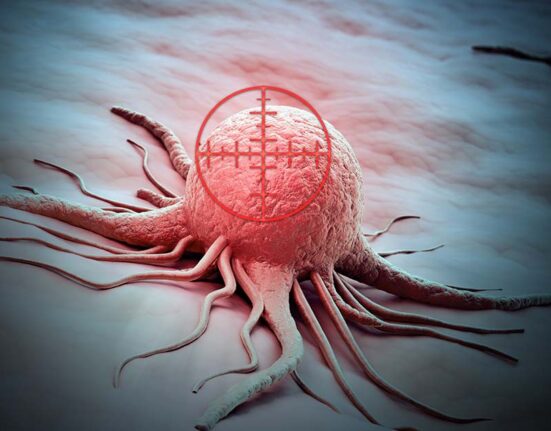Head and Neck cancer is cancer that occurs in the mouth, throat, voice box, nose, sinuses, or salivary glands. It usually begins in the squamous cells which are flat, thin cells that line the surface of various tissues and organs in the body.
The Main Types
There are several types of head and neck cancer. They are classified or named based on the location of cancerous cells within the head and neck region.
- Mouth (oral cavity) – Affects the lips and the inside of the mouth such as gums, cheeks, the front two-thirds of the tongue, and the roof of the mouth. It often starts as a small white or red patch that does not heal.
- Throat (Pharynx) – Affects any of the three areas that make up the pharynx. These are nasopharynx (upper part of the throat), oropharynx (middle part of the throat which includes the base of the tongue, tonsils, and back of the throat), hypopharynx (lower part of the throat).
- Voice box (Larynx) – Affects the voice box that contains the vocal cords responsible for producing sound.
- Nasal Cavity and Paranasal Sinuses – Affects the nasal cavity which is the area inside the nose and the paranasal sinuses which are the air-filled spaces in the bones around the nose.
- Salivary Glands – Affects the salivary glands which produce saliva that helps with digestion.
Head and Neck Cancer Stages
The TNM cancer staging system was developed and maintained by the American Joint Committee on Cancer (AJCC) and the International Union Against Cancer (UICC). It is used to describe the extent of head and neck cancer and evaluates the three factors when it comes to treating cancer: The size and extent of the tumour (T), if it has spread to nearby lymph nodes (N), and if the cancer metastasized or spread to the other parts of the body (M).
Stage 0 – Cancer cells are only present in the surface layer of the tissue and have not reached deeper tissues.
Stage I: The primary tumour is less than 2cm.
Stage II: The tumour is between 2 to 4cm.
Stage III: The tumour is larger than 4cm or is smaller than 3cm but is present in a lymph node.
Stage IV: The most advanced stage of head and neck cancer. The tumour may be any size but has spread to:
a. Nearby tissue or other areas in the head and neck region.
b. One large lymph node that is more than 3cm in size on the same side of the tumour, multiple lymph nodes of any size on the same side as the tumuor, or one lymph node on the opposite side of the tumour.
c. Parts of the body beyond the head and neck region.
Further Reading On Head And Neck Cancer
Protect against cancer, cardiovascular disease, and other chronic diseases with regular health screening. Compare and shop for health screenings from Singapore and regional healthcare providers at a single convenient platform - shop.health365.sg
This article is informative only and is not intended to be a substitute for professional medical advice, diagnosis, or treatment, and should never be relied upon for specific medical advice.



